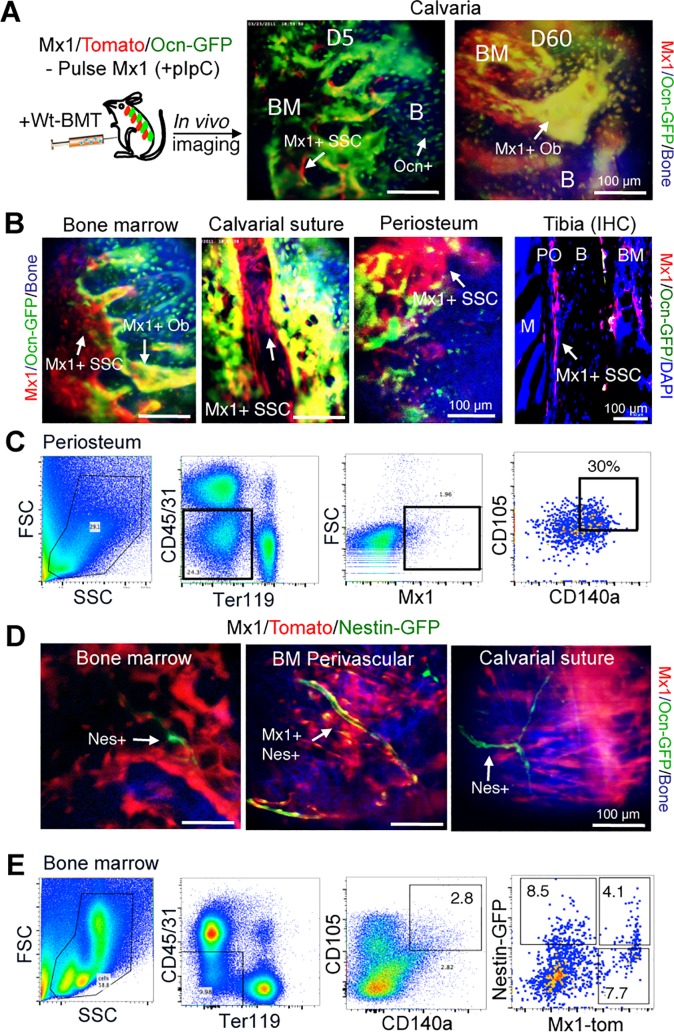Fig 1. Functional identification of P-SSCs and BM-SSCs.
(A) Interferon inducible Mx1+ SSCs (red) are shown to contribute to majority osteoblasts (green, overlap yellow) in vivo. (B) Mx1+ SSCs represent long-term osteolineage progenitor cells in BM and periosteal tissues. In vivo imaging shows that Mx1+ SSCs reside in bone marrow, suture, and periosteum of calvarial bones. Immunofluorescent staining of tibial metaphysis of Mx1/Tomato/Ocn-GFP mice shows that Mx1+ SSCs (red, arrows) are abundant in periosteum (PO) (Tibia IHC). (C) P-SSCs from periosteal tissues are FACS-sorted by CD45−CD31−Ter119−CD105+CD140a+ and Mx1+Ocn−, which are referred to as Mx1+Ocn− P-SSCs. (D) Mx1+Nestin+ BM-SSCs are perivascular cells in BM but are undetectable in periosteum and calvarial suture. (E) Mx1+Nes+ cells within CD45−CD31−Ter119−CD105+ CD140a+ SSC fraction in bone marrow are isolated by FACS-sorting and are referred to as Mx1+Nes+ BM-SSCs. Notably, CD105+CD140a+ progenitors are heterogeneous Mx1+ and Nestin+ cells.

